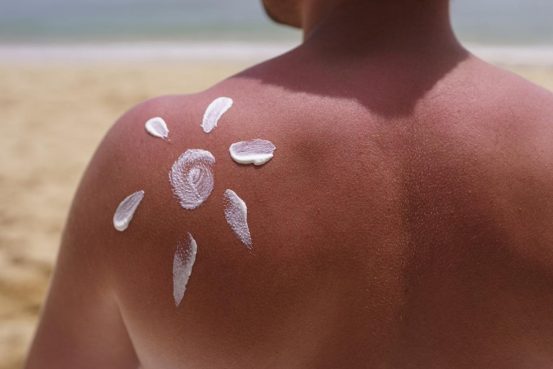The Power of Physical Sunscreen: A Deep Dive into Its Star Contents

As consumers end up being significantly savvy regarding skin care, the debate between chemical and physical sun blocks remains to be a hot topic. While both offer crucial defense against the sun's dangerous ultraviolet (UV) rays, physical sun blocks are frequently lauded for their gentle yet efficient solution, making them a recommended choice for those with sensitive or reactive skin. The trick to their success depends on their energetic components, which develop a physical obstacle on the skin to shut out UV radiation. This article will explore the world of physical sunscreens, focusing on their crucial active ingredients: zinc oxide and titanium dioxide.
Unlike their chemical equivalents, which soak up UV radiation and transform it right into warmth, physical sun blocks function by sitting on top of the skin to create a guard that disperses and spreads both UVA and UVB rays. This device is why they are usually described as "sunscreens." The key benefit of this approach is its prompt efficiency upon application and the reduced probability of triggering skin inflammation, as the components are not absorbed into the skin.
One of the most popular active ingredient in the physical sun block family members is Zinc Oxide. This powerhouse mineral is distinct in its capability to offer broad-spectrum defense, implying it efficiently protects the skin against the complete range of UVA and UVB rays. UVA rays are in charge of premature aging, including creases and fine lines, while UVB rays are the key root cause of sunburn. By providing comprehensive protection against both, zinc oxide plays an essential role in protecting against sunlight damage and reducing the threat of skin cancer.
Furthermore, zinc oxide is renowned for its relaxing properties. It has actually been utilized for centuries to deal with small skin inflammations, breakouts, and burns, a testament to its gentle nature. This makes sun blocks developed with zinc oxide a perfect selection for individuals with delicate skin, acne-prone skin, or conditions like rosacea and eczema. Its non-comedogenic residential properties likewise suggest it is less most likely to block pores, an usual issue for those with oily or combination skin.
The other principal in the physical sunscreen group is Titanium Dioxide. This naturally taking place mineral is one more superb component for developing a physical barrier versus UV rays. It is highly efficient at mirroring and scattering UVB radiation, giving robust security versus sunburn. While it provides excellent protection across the UVB range, it is generally thought about much less effective versus long-wave UVA rays contrasted to zinc oxide.
Because of this, titanium dioxide is usually used together with zinc oxide in sun block formulations. This mix develops a collaborating effect, improving the total broad-spectrum protection physical sunscreen ingredients of the product. By leveraging the staminas of both active ingredients, formulators can create a sunscreen that provides detailed and reliable defense against the sunlight's destructive rays. Like zinc oxide, titanium dioxide is additionally mild on the skin and is a suitable option for those with delicate or conveniently irritated skin.
Over the last few years, innovations in formulation technology have dealt with one of the preliminary disadvantages of physical sun blocks: the thick, white actors they would certainly commonly leave on the skin. Modern solutions currently make use of pulverized or nano-sized fragments of zinc oxide and titanium dioxide, which permits an extra cosmetically classy application without jeopardizing their protective capabilities. This means you can enjoy the gentle, effective defense of a physical sun block without the telltale white deposit.
To conclude, physical sunscreens provide a reputable and gentle way to protect your skin from the sun. Their celebrity active ingredients, zinc oxide and titanium dioxide, operate in harmony to create a physical shield that disperses unsafe UVA and UVB rays. With their superb security profile and suitability for all skin kinds, specifically sensitive skin, physical sunscreens are a formidable force in the battle against sun damages. The following time you are Browse the sunscreen aisle, take into consideration the effective, protective, and skin-loving advantages of a physical formula.